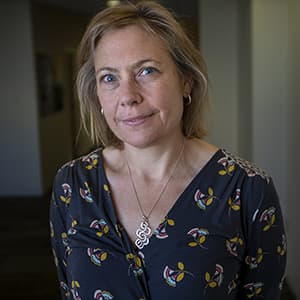Advertisement
To slow climate change, some want to 'engineer the ocean'
Resume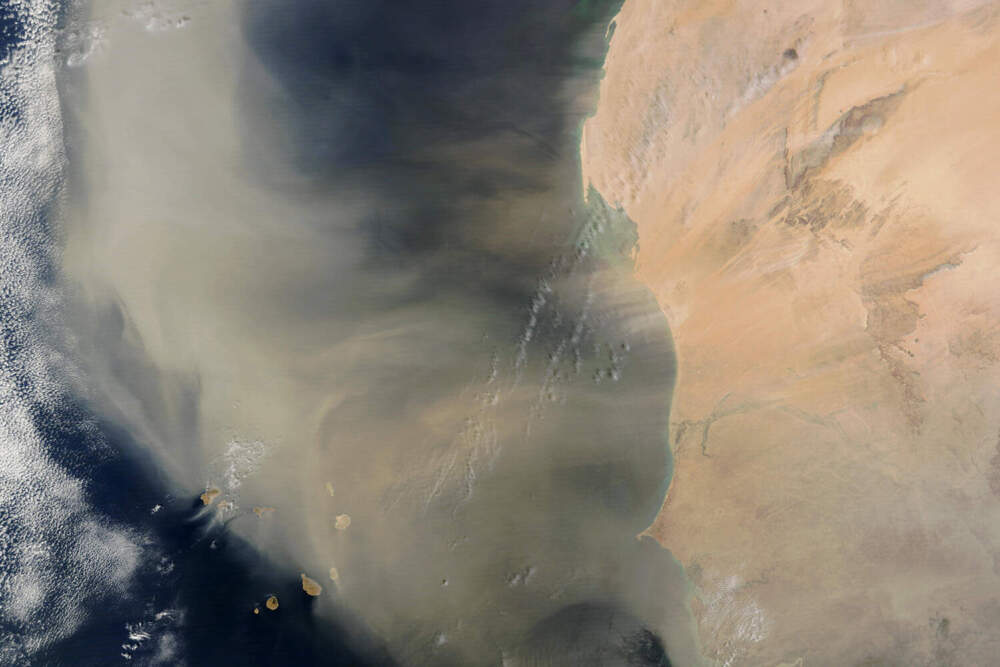
When oceanographer Ken Buesseler visits his local beach in Falmouth, he doesn't think about surfing or tanning or chilling out.
He looks out at those rolling waves and thinks about carbon emissions.
“Thankfully right now about a third of our emissions every year go into the ocean,” said Buesseler, a senior scientist at the Woods Hole Oceanographic Institution. “Our climate would be much worse if we didn't have the ocean taking up that carbon dioxide like a sponge.”
But what if the ocean could do more? Buesseler, and others, think it's time to consider tinkering with the ocean so it can suck up even more carbon dioxide and help slow down climate change.
The idea of “engineering the ocean” has been around for decades, and it’s hugely controversial. But the idea is gaining renewed interest — and funding — as the climate crisis worsens. Even the National Academies, composed of some of the country's preeminent scientists, has waded into the discussion, with a 2022 report looking at six of the most promising techniques.
“I think I was more cautious 20 years ago, before it became so obvious that this planet's on fire. Literally the wildfires, the people dying from heat, the increase in storms and their intensity,” said Buesseler, one of the authors of the National Academies report. “So doing nothing is really not an option for me anymore.”
Carbon dioxide already moves in and out of the ocean through natural processes, said Benjamin Twining, a senior research scientist at the Bigelow Laboratory for Ocean Sciences.
"So if we can put our thumb on the scale a little bit, we could take up more,” he said. “The big negative is that it's hard to control the ocean."
'Johnny Ironseed'
Scientists have proposed a number of ocean engineering techniques, from tweaking the ocean's chemistry to growing monstrous amounts of kelp. Buesseler and Twining are part of an international group of scientists who have zeroed in on one technique in particular: iron enrichment.
Here’s how it would work: Certain parts of the world’s oceans are low in iron, which plants need for photosynthesis. So why not give those regions of ocean an iron supplement? That way, plants in those areas — specifically, microscopic algae — could grow and eat lots of carbon dioxide. When the algae die and sink to the bottom, they take our excess carbon to a watery grave.
“If we can get carbon deep in the ocean, say 500 to 1,000 meters, we can keep it there for centuries,” said Buesseler. The carbon storage wouldn't be permanent, but it would buy humans some time to cut emissions and manage the climate crisis.
“Give me a half tanker of iron, and I will give you an ice age.”
John Martin
This idea originated decades ago, growing out of a scientific mystery. Scientists studying the world’s oceans noticed that swaths of the Southern Ocean, the equatorial Pacific and the subarctic North Pacific had less algae than expected, given the ecology of the various sites.
Then in the 1980s a well-respected oceanographer named John Martin suggested that low iron was to blame. He bet that adding iron to these regions could trigger an algae bloom, and that this algae could increase the ocean’s uptake of CO2. He also hypothesized that this process had contributed to Earth's last ice age: natural phenomena like dust storms dumped iron into the ocean, prompted algae blooms, drew down CO2 and cooled the planet. He’s famous among oceanographers for a quip he made during a 1988 lecture: “Give me a half tanker of iron, and I will give you an ice age.”
His ideas earned him nicknames like “Johnny Ironseed” and “Iron Man"; they also led to at least a dozen experiments beginning in the 1990s where scientists dumped dissolved iron off ships into the ocean to see if they could trigger algae blooms.
Twining was a “bushy-tailed grad student” on one of those ships. And, he said, the experiments worked.
You could see the algae change “within a couple days,” he said. “They bloom, they become much more abundant."
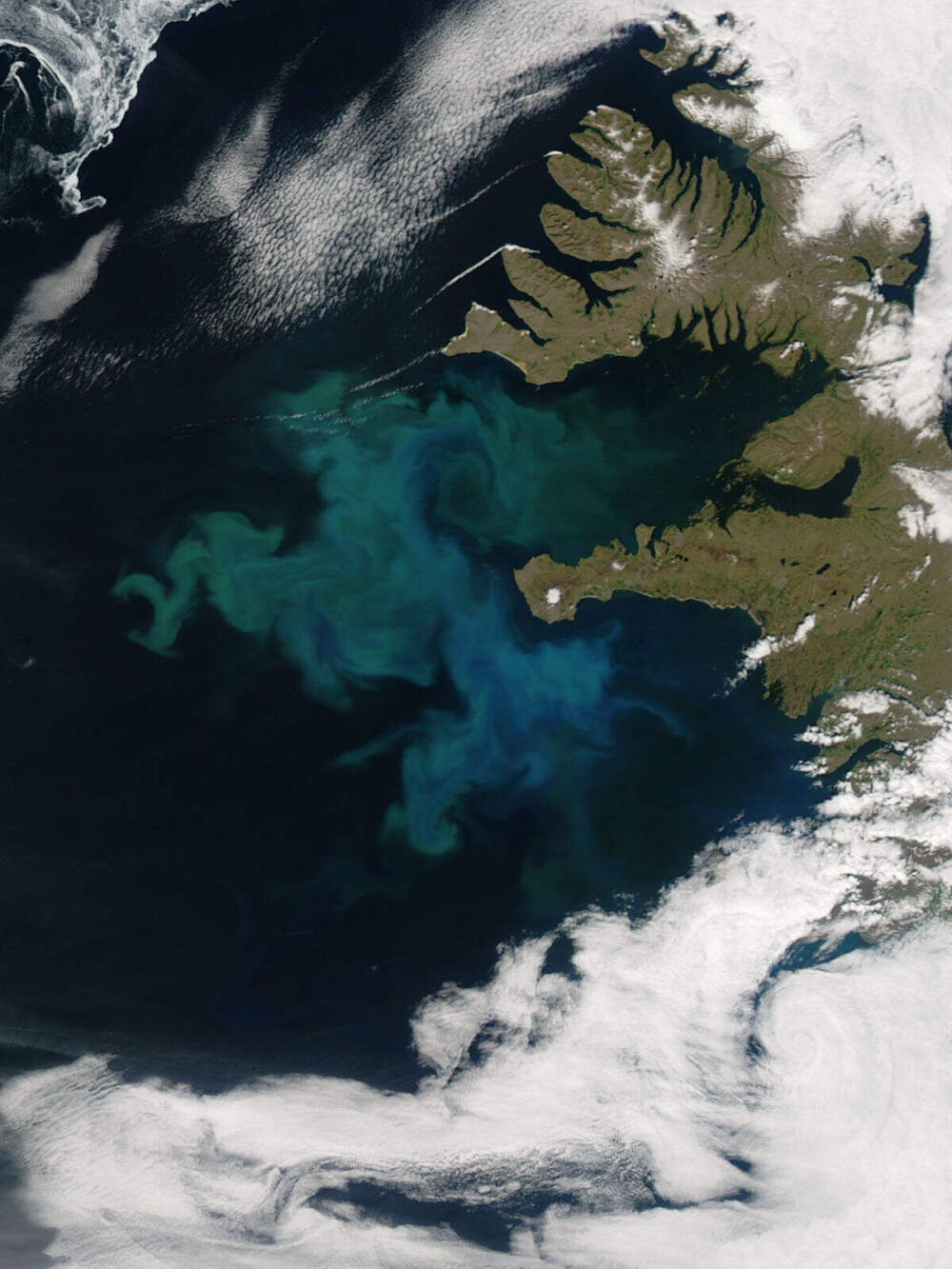
Martin died in 1993 so didn’t live to see his hypothesis borne out, or the controversy that followed; the experiments' success provoked a broad scientific conversation about tinkering with ocean ecosystems.
“What we've learned from the iron experiments is that we don't always grow the algae we want,” said Patricia Glibert, an oceanographer at the University of Maryland. “We can grow harmful species, toxic species and several of the iron enrichment experiments showed exactly that.”
Glibert said some iron enrichment experiments promoted the growth of a toxic diatom called pseudonitzschia, which can “wreak havoc” on coastal ecosystems. Algae blooms can also cause low-oxygen dead zones. Or release nitrous oxide, a greenhouse gas. Or lead to “nutrient robbing” — pulling nutrients like nitrogen and phosphorous away from other ocean ecosystems, potentially harming coastal fisheries.
For these reasons, and others, the idea of iron fertilization fell out of favor.
"The known consequences and uncertainties of ocean fertilization already far outweigh hypothetical benefits," wrote MIT professor Sallie "Penny" Chisholm, a long-time critic of iron enrichment. She, and others, expressed deep concerns about proposed commercial ventures — for-profit companies that hoped to cash in on carbon credits.
“It turned into a no-go because of concern at many levels,” said Margaret Leinen, the director of Scripps Institution of Oceanography. “Concern from scientists about the nature of the experiments, concern from the public, and a lot of concern from environmental non-profits about tinkering with ecosystems."
But in the decades since, the climate crisis has worsened. The UN’s intergovernmental panel on climate change now says that pulling carbon out of the atmosphere, in addition to rapidly reducing emissions, is necessary. Scientists like Leinen, Twining and Buesseler now say it’s worth investigating whether the idea has merit, and if experiments can be carried out cautiously and ethically.
Bigger, grander, more ... problems?
The experiments in the 1990s give iron enrichment an advantage over other proposed ocean engineering techniques, Buesseler said, because scientists have some actual field data to work from. Other advantages: iron is cheap, easy to handle and could offer a lot of bang for buck.
While earlier enrichment experiments saw algae slurp up about 4,000 tons of carbon per ton of iron, Buesseler estimates that, with optimization, that same ton of iron could power enough algae to gobble up 100,000 tons of carbon.
“We haven't done an experiment where we've tried to maximize the efficiency,” Twining said. “Until we do that, we don't know what's possible.”
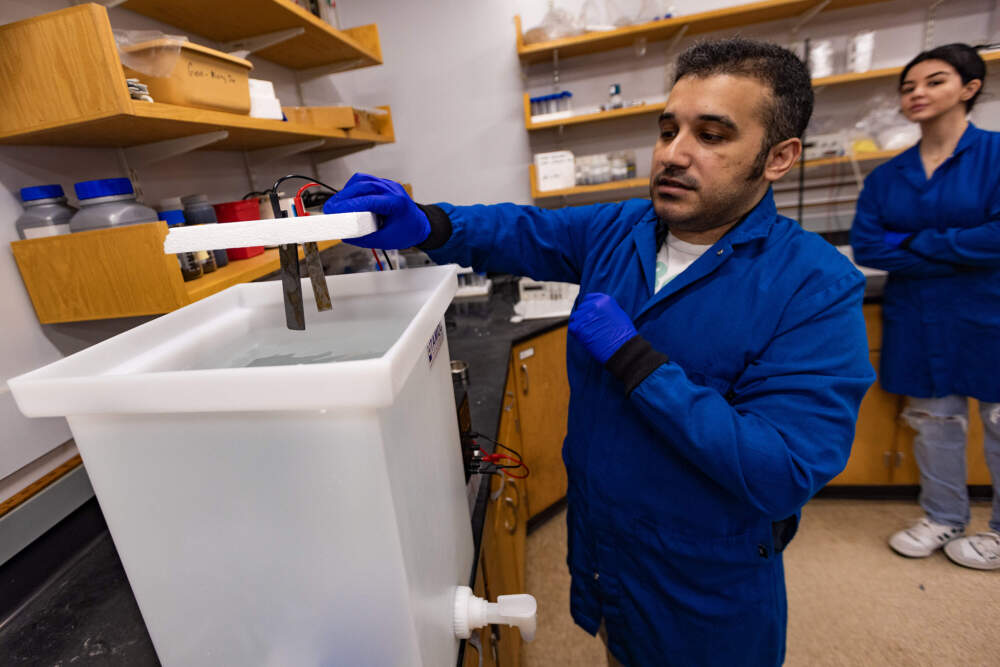
Optimizing CO2 absorption would mean experimenting with different means of distributing the iron; scientists are considering techniques ranging from iron-coated rice husks to engineered nanoparticles. Buesseler is collaborating with Akram Alshawabkeh's lab at Northeastern University to see if a simple, solar-powered battery attached to a small float might be able to deliver a constant, low-dose of iron.
"We'd like the floating systems to be operational for months," Alshawabkeh said. "I want to make sure that the chemistry works and make sure that it does more good than harm."
Future experiments would also require more precise measurements to detect carbon uptake and "monitor for the unintended consequences," said Dennis McGillicuddy, a scientist at the Woods Hole Oceanographic Institution. He, along with partner institutions, recently received a $1.9 million dollar federal grant to use computer models to map out possible iron enrichment field experiments.
But to see if iron enrichment could work on a large scale, scientists will need some really big experiments. The experiments in the 1990s covered a few hundred square kilometers of ocean and lasted a few weeks; scientists say new experiments should cover at least thousands of square kilometers and be monitored for months.
"In order to remove a significant amount of carbon and to be able to measure that, you have to have a sizable experiment," said Leinen.
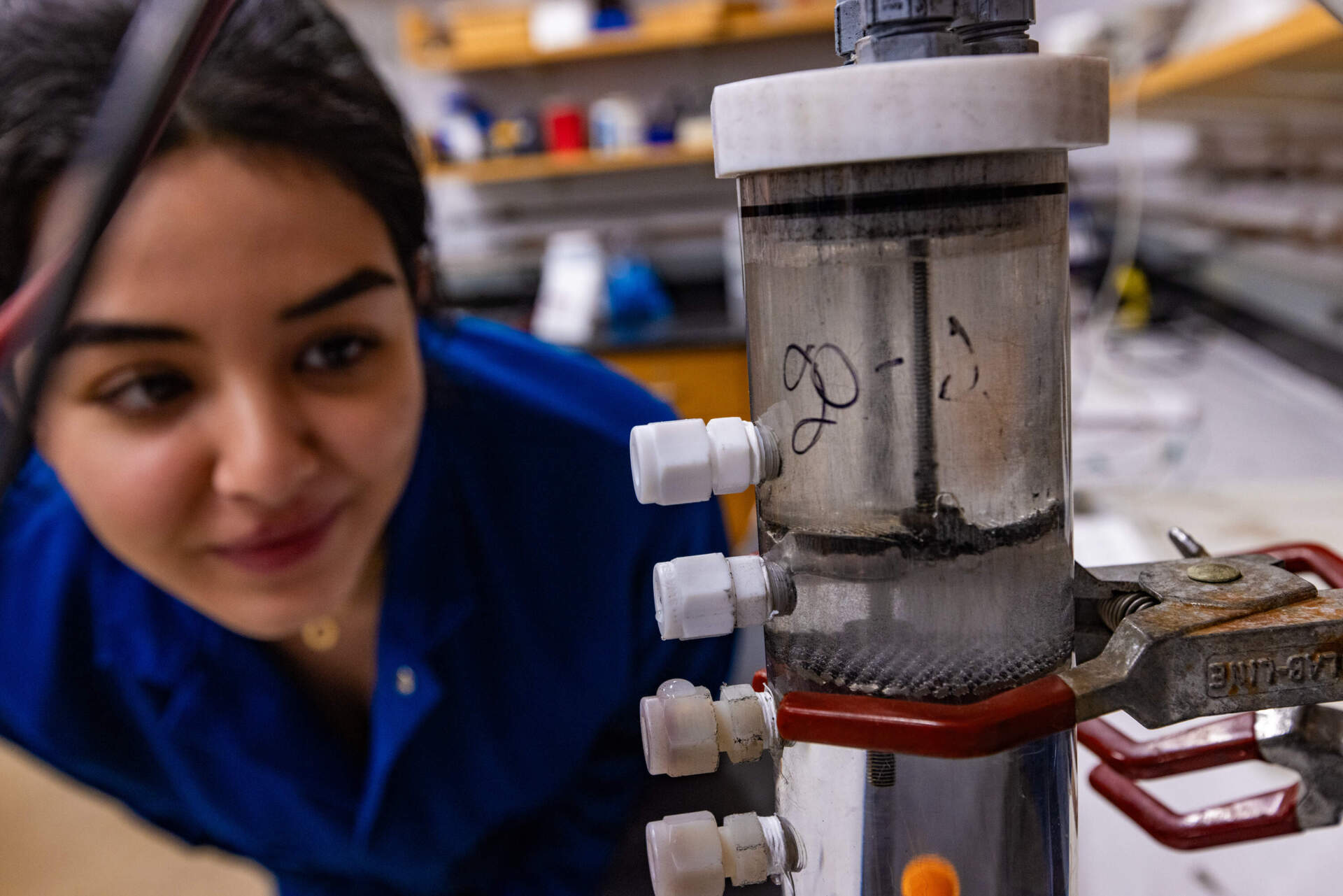
The University of Maryland’s Glibert said she's fine with small-scale iron experiments designed to study how ocean ecosystems function. But these big ones being proposed? “Bigger, grander, more, is the recipe for bigger, grander, more potential problems,” she said.
Ken Buesseler said he shares many of Glibert's concerns. But he’s also concerned that for-profit companies are moving ahead with ocean engineering already.
Better to have scientists investigate iron enrichment, he said, and open the results to everyone. That way, in 10 years, when the world is desperately seeking rapid climate solutions, we’ll know the full benefits — and costs — of this one.
This segment aired on October 12, 2023.
